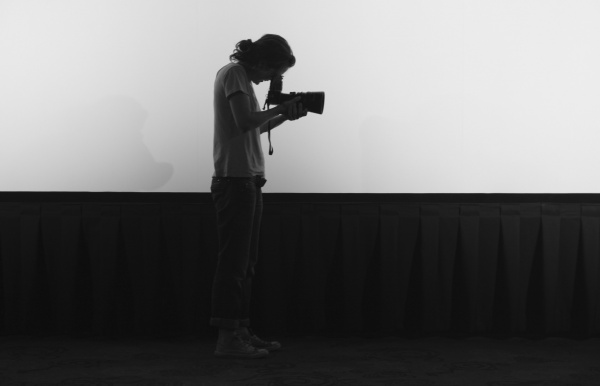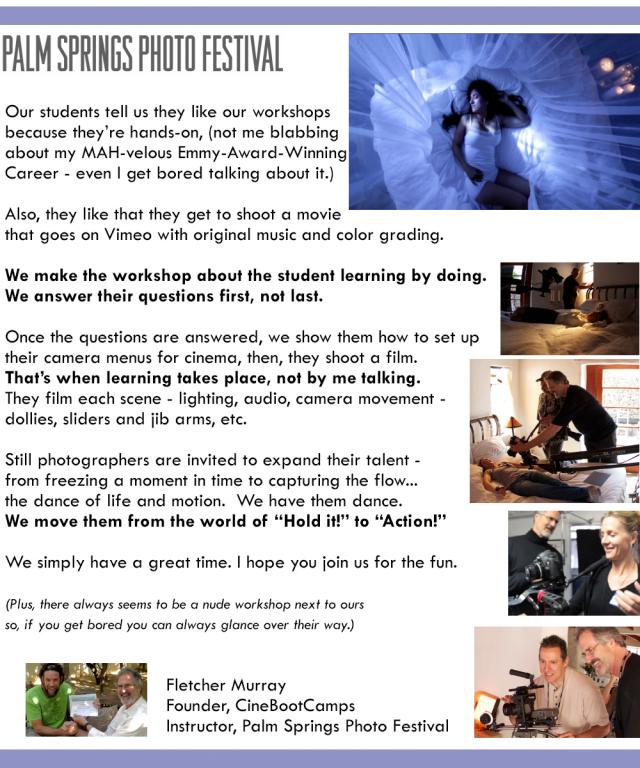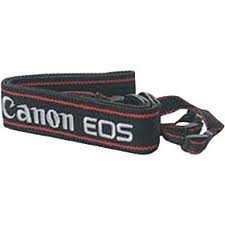All of us filmmakers want to make films that are “delicious for the eye” to watch. Being in focus is crucial. But, we have a funny dichotomy in our love of sharp focus. We want our lenses sharp as a tack, but not too sharp.
Before I go any further, let’s state that there are many types of filmmakers. Each with their own rules. I’m approaching this topic from my own filmmaking background and style. Most of my career has been shooting cinéma-vérité style, even the luxurious films we did for Princess Cruises. We had a small crew that moved fast. We had to get all the great shots of the shore excursions done by 6 p.m. when the ship sailed. And the shots had to look pretty.
I’ve not shot feature motion pictures, but I have shot extra exciting footage that producers cut into their sizzle reels to take to Venice and Monte Carlo film festivals to get funding for their movies. I’ve shot commercials and music videos (when they actually paid you). So, I’m not a still photographer, I’m not a union cameraman. I own my own production company, The Association and I teach a Canon Boot Camp for filmmakers wanting to use the Canon HDSLR to make their films.
Now, let’s talk about the wierd world of sharpness.
When I helped film Z.Z. Top’s videos (“Viva Las Vegas” 3,338,202 hits)
and “Legs”) we would use Cooke Zooms on our 35mm film cameras because they were absolutely the sharpest. Then, the first thing the director would have me do was put a black, french silk stocking on the back lens element and a 1/4 Black Pro Mist on the front. Same thing for the Coors Light commercials of the beautiful hard bodies frolicking in the surf at St. Thomas. The director wanted things sharp but also dreamy/creamy. At that time, only geeks or amateurs shot sharp film. Yuk.
Fast forward. Today film is dead (or at least dying) for most of the projects I do. But some of the film attitudes and edicts carry over among filmmakers. We discuss them in our Canon DSLR Training workshops. Digital filmmaking is racing toward the sharper and sharper image….more obnoxiously sharp. (I keep waiting for the first D.P. to whisper to his tech to “soften that look a bit”. Or better, “Can you put one of those black, silk French stockings on the back of the lens?” ) 4K, 6K, 12K. Should we go sharper just because we can?
The thirst for sharpness, in my view, should be tempered with the pursuit of beauty and aesthetics. Sharpness has its place. Having a snap to the picture is good, but please just give me the glistening eyes, not the glistening pimples on the left cheek. We don’t want our beautiful actress having a coronary as she sees every single blemish and flaw in her complexion being crystal clear for all to see. Nor will the smart director allow it.
The sharp image is good, but the sharper image may be too much. So we return to the middle path approach. A film that is sharp but dreamy too. And this is what guided me as I wandered through the bargains Canon threw our way the last few weeks. I bought the 70-200mm f 4.0 (some of the highest microcontrast and resolution ratings on the MTF graphs of all Canon zooms, higher than the f 2.8 version of the same lens.) The salespeople went nuts. “The 2.8 will blow the doors off the f 4.”
Yes, for a still photographer delivering 9,000 wedding photographs. But all I care about is resolution, color rendition, bokeh and contrast.
But, to be fair, I felt I should try the 70-200 f 2.8, one of Canon’s most worshipped lenses and see if it was that much better. They both went to 200mm. One was a f 2.8 and the other an f 4. Maybe there’s more under the hood for the sports still photographer who’s shooting thousands of stills a day, but for the filmmaker there’s not much else to the lens except is it noticeably sharper and handles color better. I bought the f 2.8. I’ll admit after I bought that lens, people treated me like a god. I felt like a god. I wanted to light two candles on either side of the L 2.8 lens.
But I needed the strength of a god to handhold it all day. I began to wonder if I was getting a pound of sharpness for the extra pound of weight. Why pay twice as much if it’s not twice as sharp? I did some tests and alas, it is not better, slightly warmer but certainly not twice as good. I think the money went into the focusing mechanism and housing that could shoot thousands of exposures a day for ten years for the still photographer and be knocked over on the sidelines etc.. Digital filmmakers like me perhaps hit “ROLL” six times an hour. This lens will last me six lifetimes.
From this example, I hope when you buy a lens you’ll remember you’re a digital filmmaker and not a still photographer. The sales people will present lenses that still photographers will cut their arms off to have but really don’t bring much to the party for a filmmaker. Then, again, you’ll have no trouble selling your 70-200mm f 2.8 L is II USM lens. So there is that.
I know I must sound like the guy sitting at a table where escargot lovers are slurping down their escargot and I’m asking for a steak. But I’m a steak guy. Sorry. I found the Canon EF 70-200mm f 4 L is usm lens an utter delight…flawless…incredibly sharp at night wide open. (see results on our Vimeo page. )
And while I’m at it, if I’d shot night traffic at a f 2.8 wouldn’t my depth of field been shallower and the shot more out of focus? So I would have stopped down the f 2.8 lens to f 4 anyway. So why lug around an extra pound for one f stop that I probably won’t use?








 There’s a new gold rush. It’s filmmakers taking up the Canon DSLRs to shoot 35mm quality films.
There’s a new gold rush. It’s filmmakers taking up the Canon DSLRs to shoot 35mm quality films. CHEAPEST & LIGHTEST & SMALLEST – This rig wins the day. It is for short moves and tight quarters. Maybe you’re the last person on earth to hear about it but it’s great. It’s the Canon cloth neckstrap that comes free with the camera. If you pull the strap tight around your neck and press outward, you’ll find you have a pretty steady shot. You can tilt up and pan. It’s good for short shots.
CHEAPEST & LIGHTEST & SMALLEST – This rig wins the day. It is for short moves and tight quarters. Maybe you’re the last person on earth to hear about it but it’s great. It’s the Canon cloth neckstrap that comes free with the camera. If you pull the strap tight around your neck and press outward, you’ll find you have a pretty steady shot. You can tilt up and pan. It’s good for short shots.